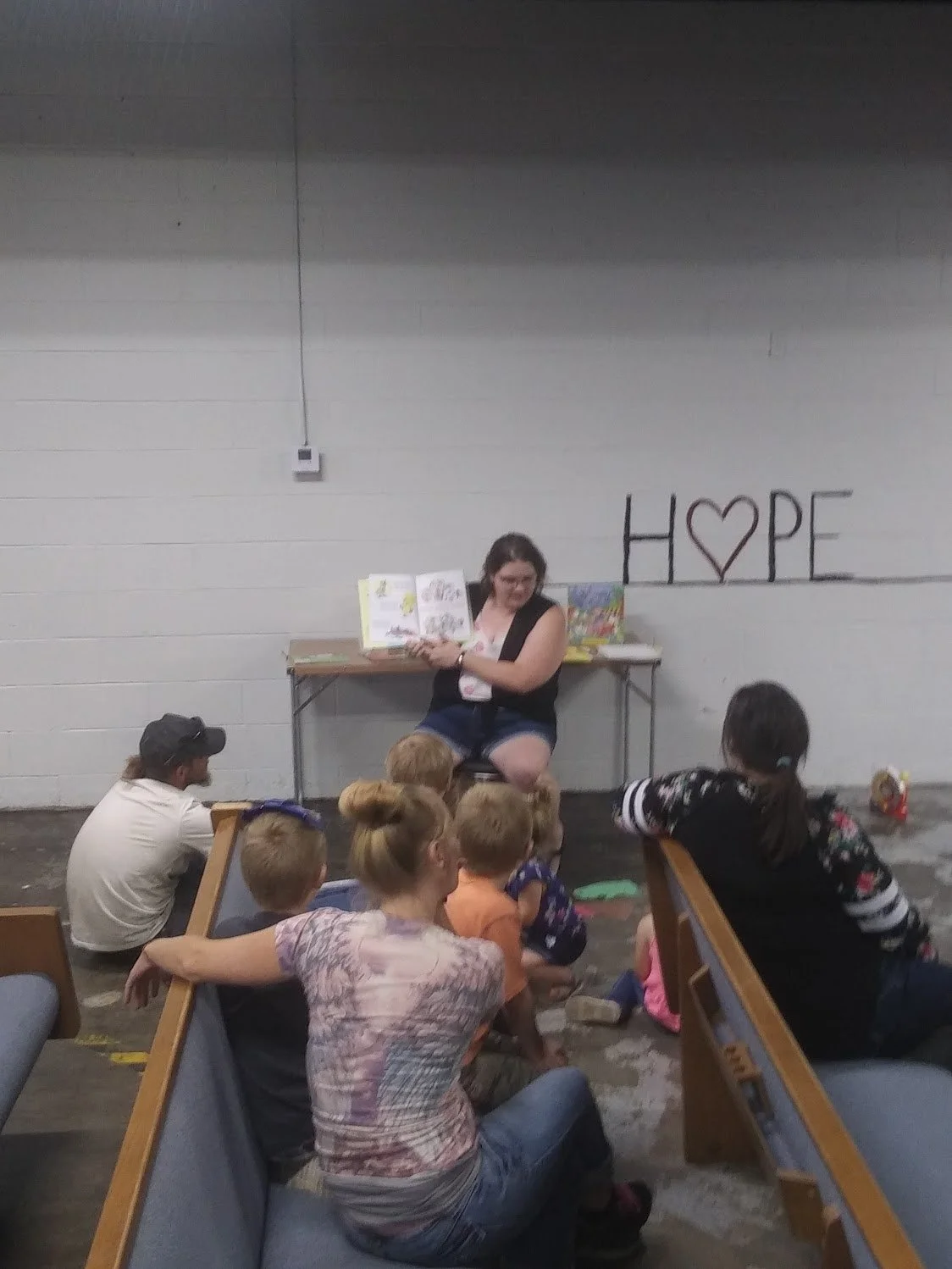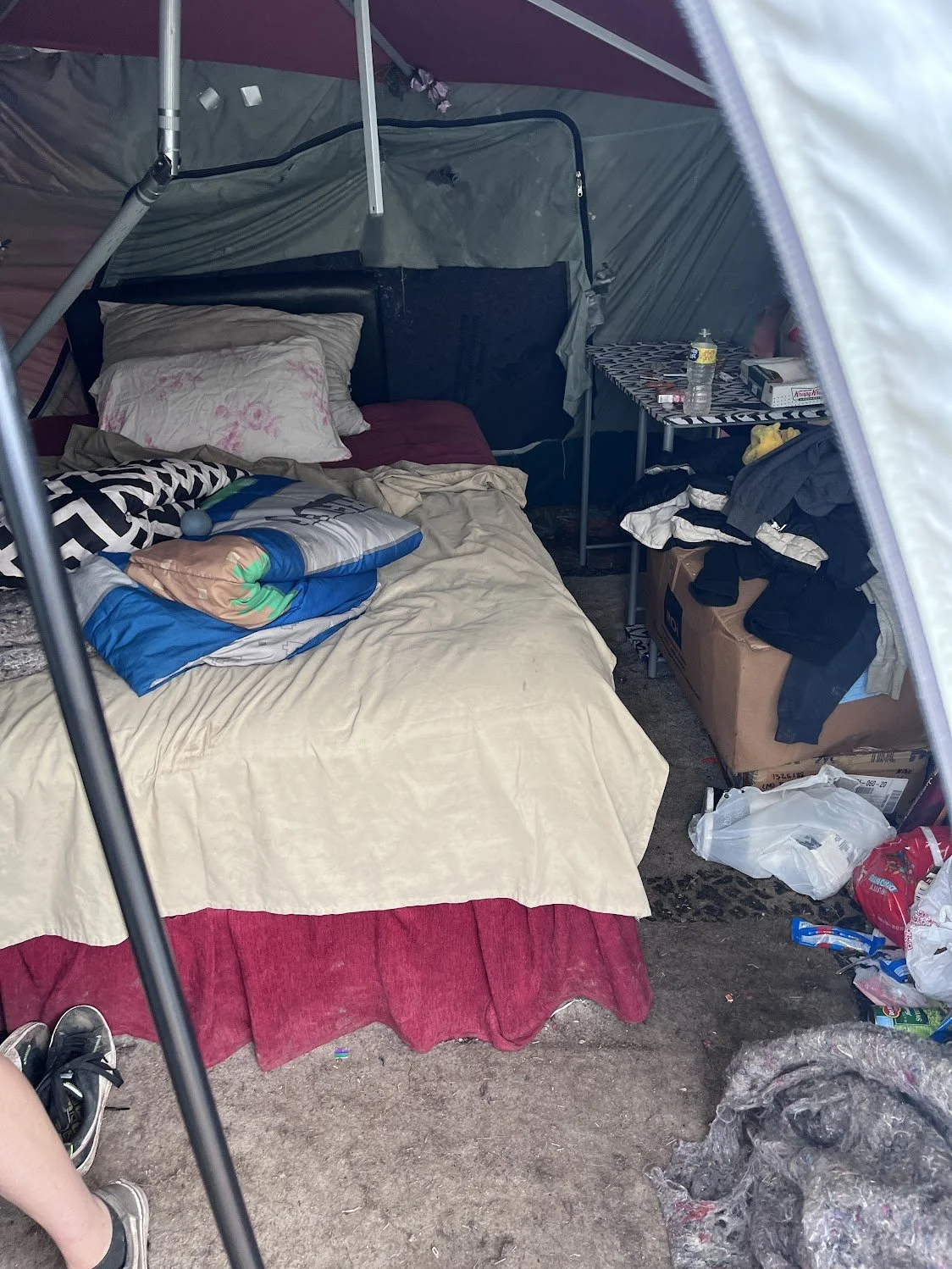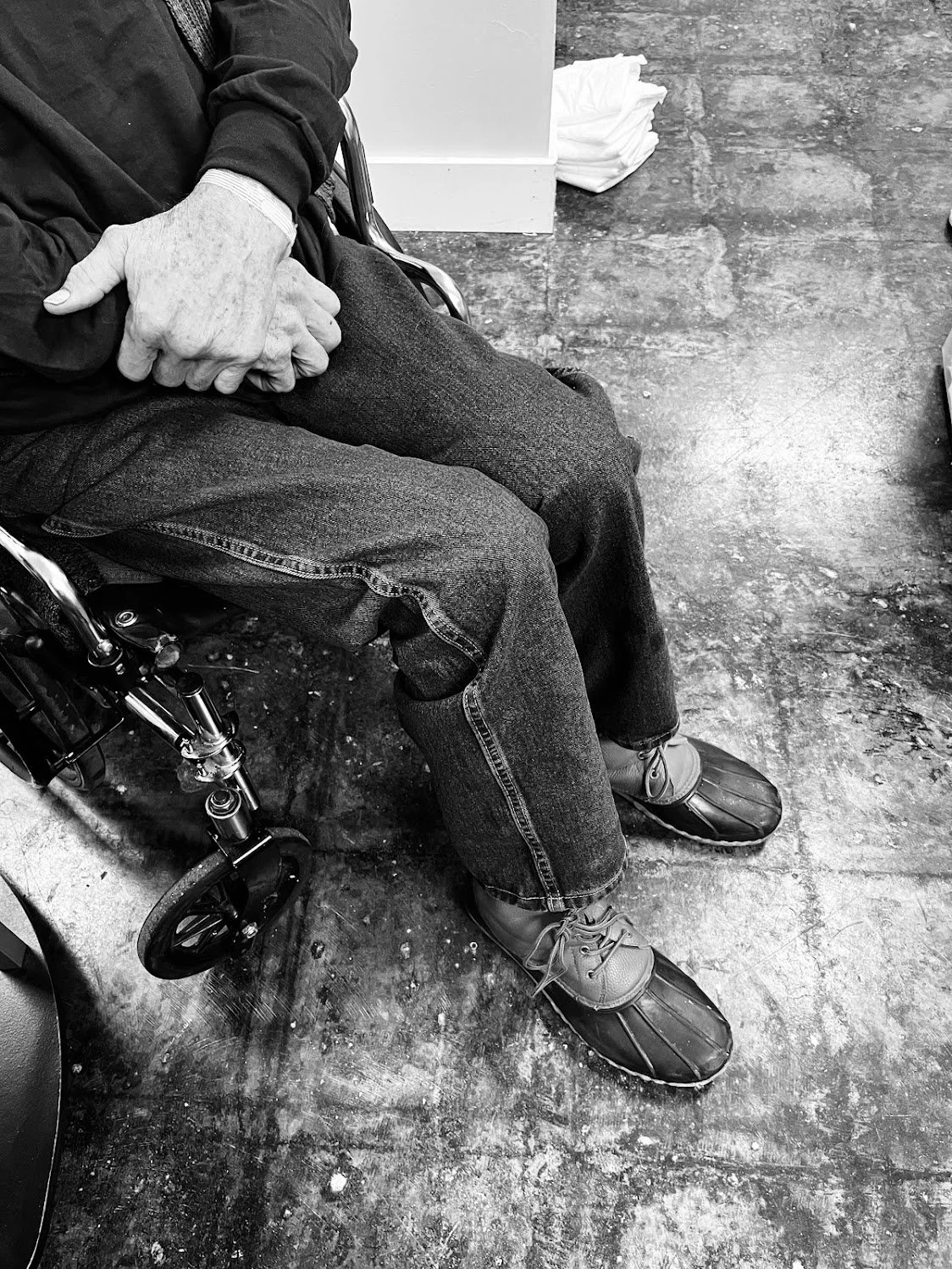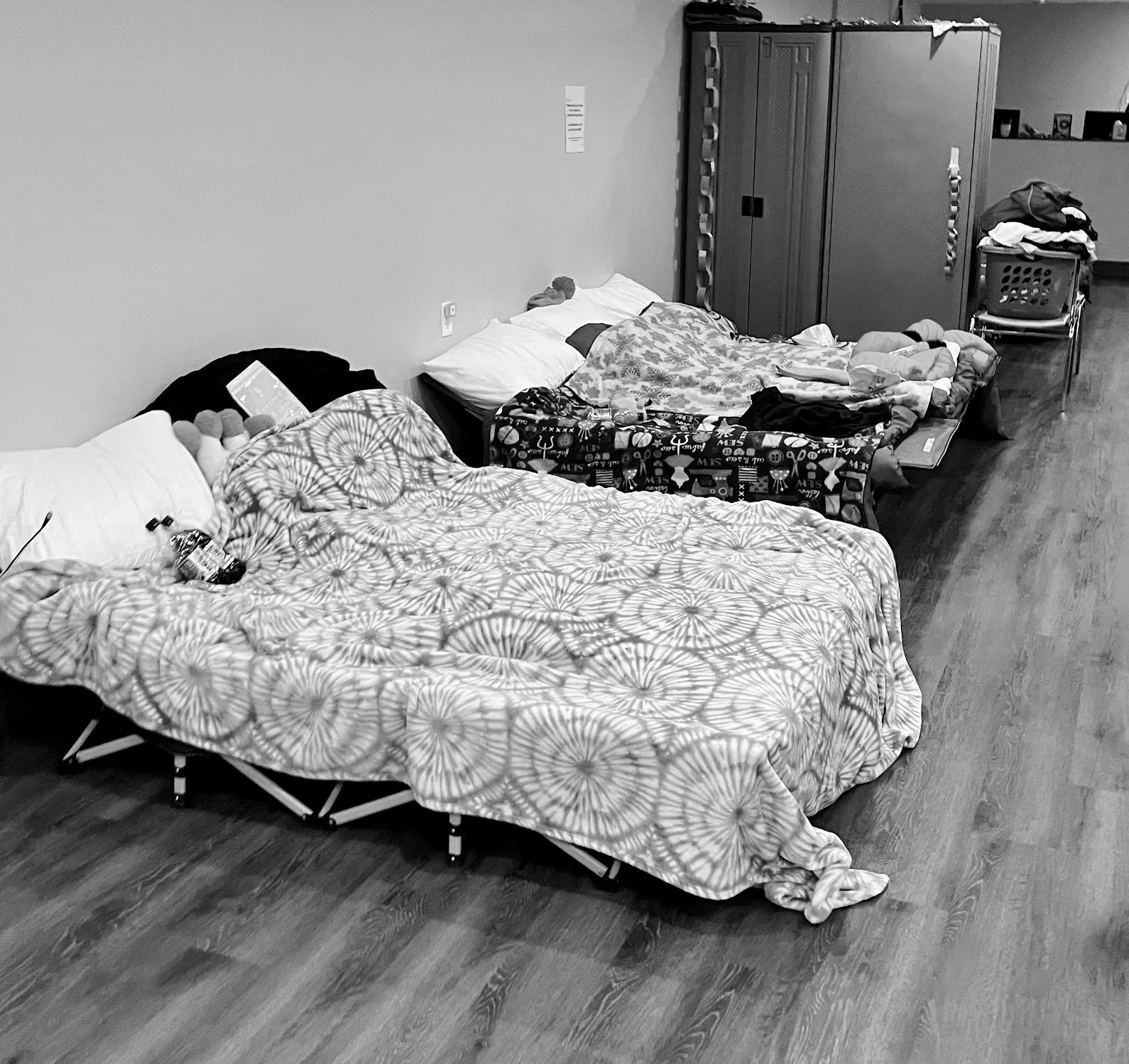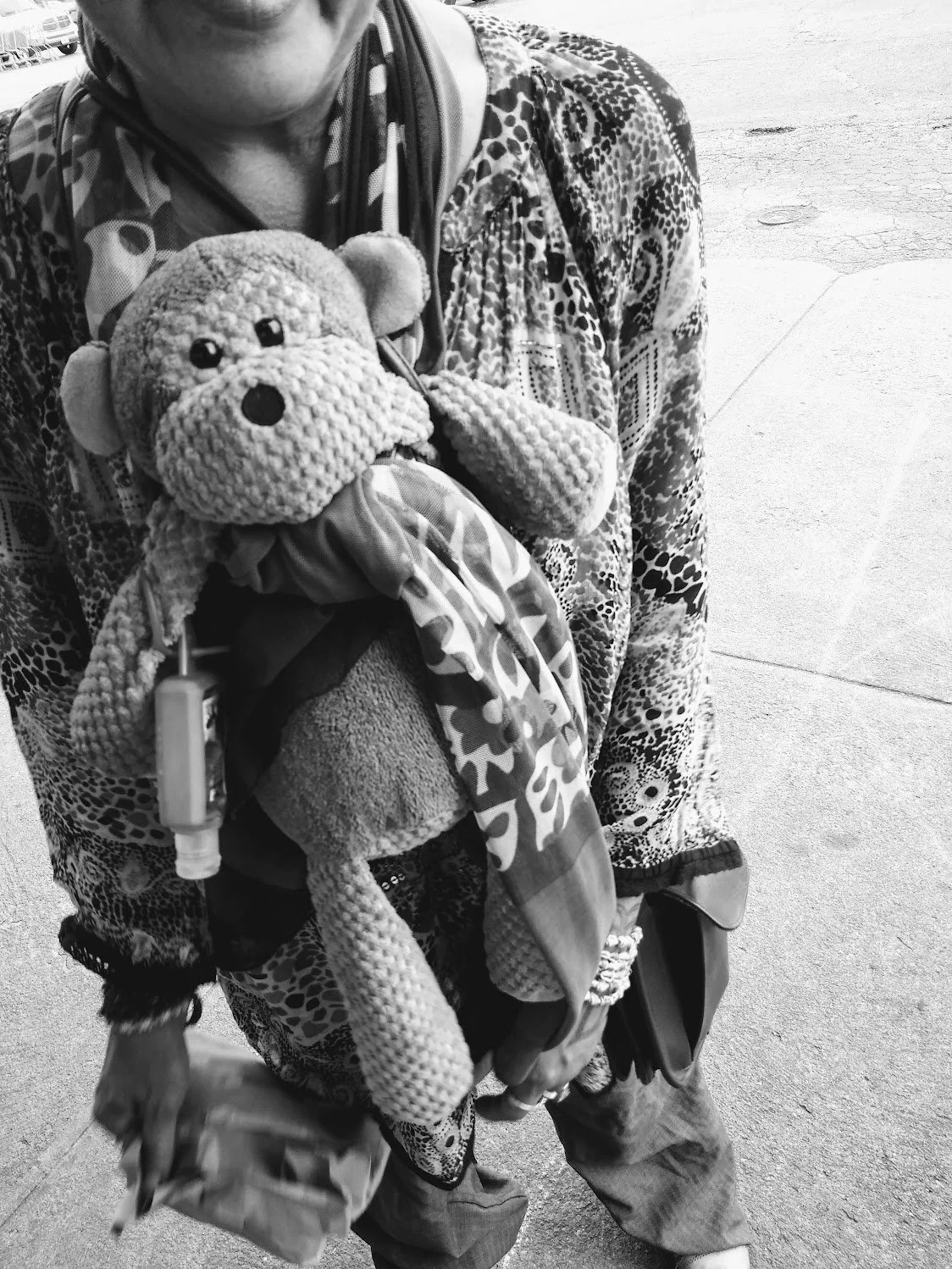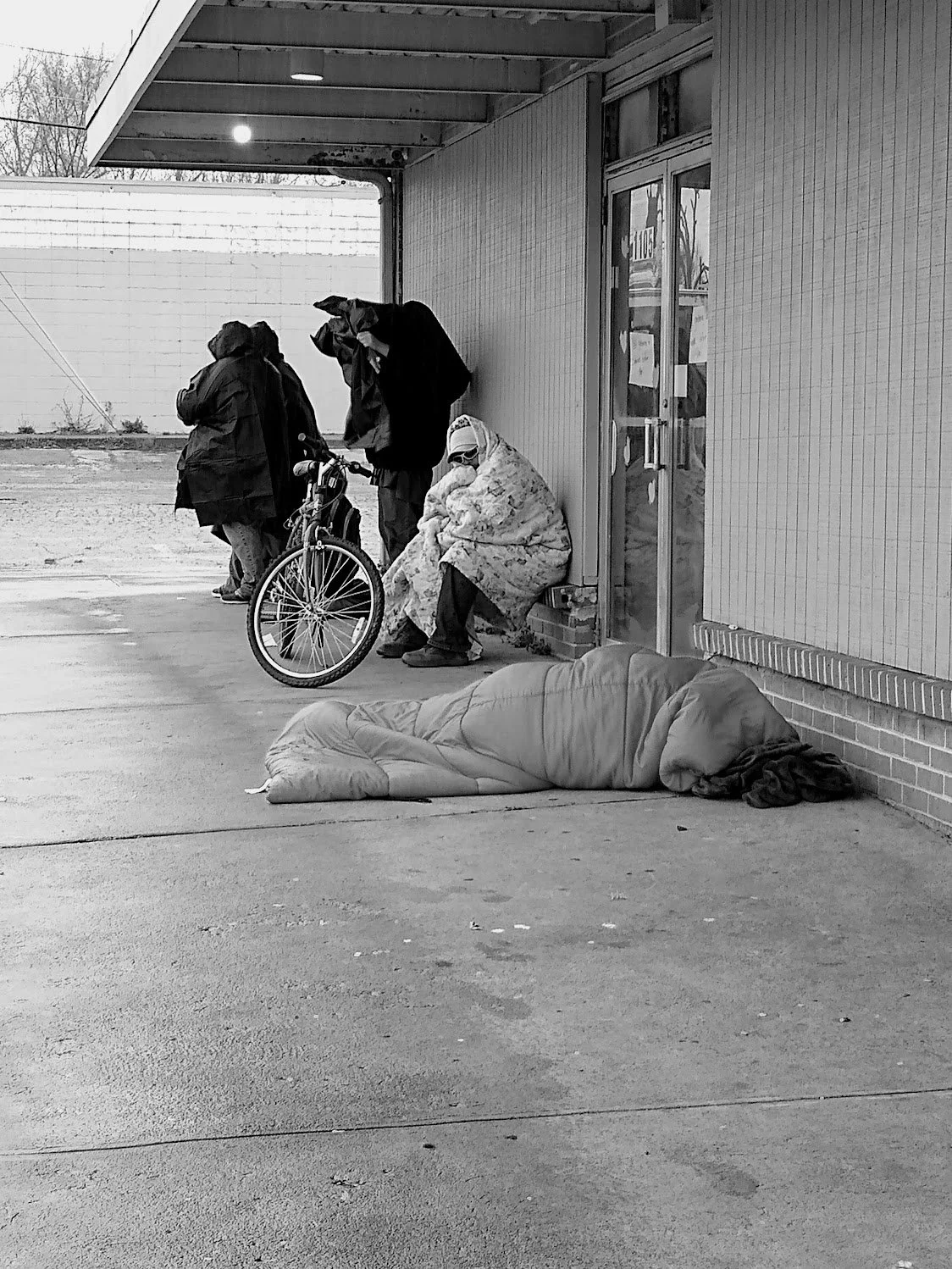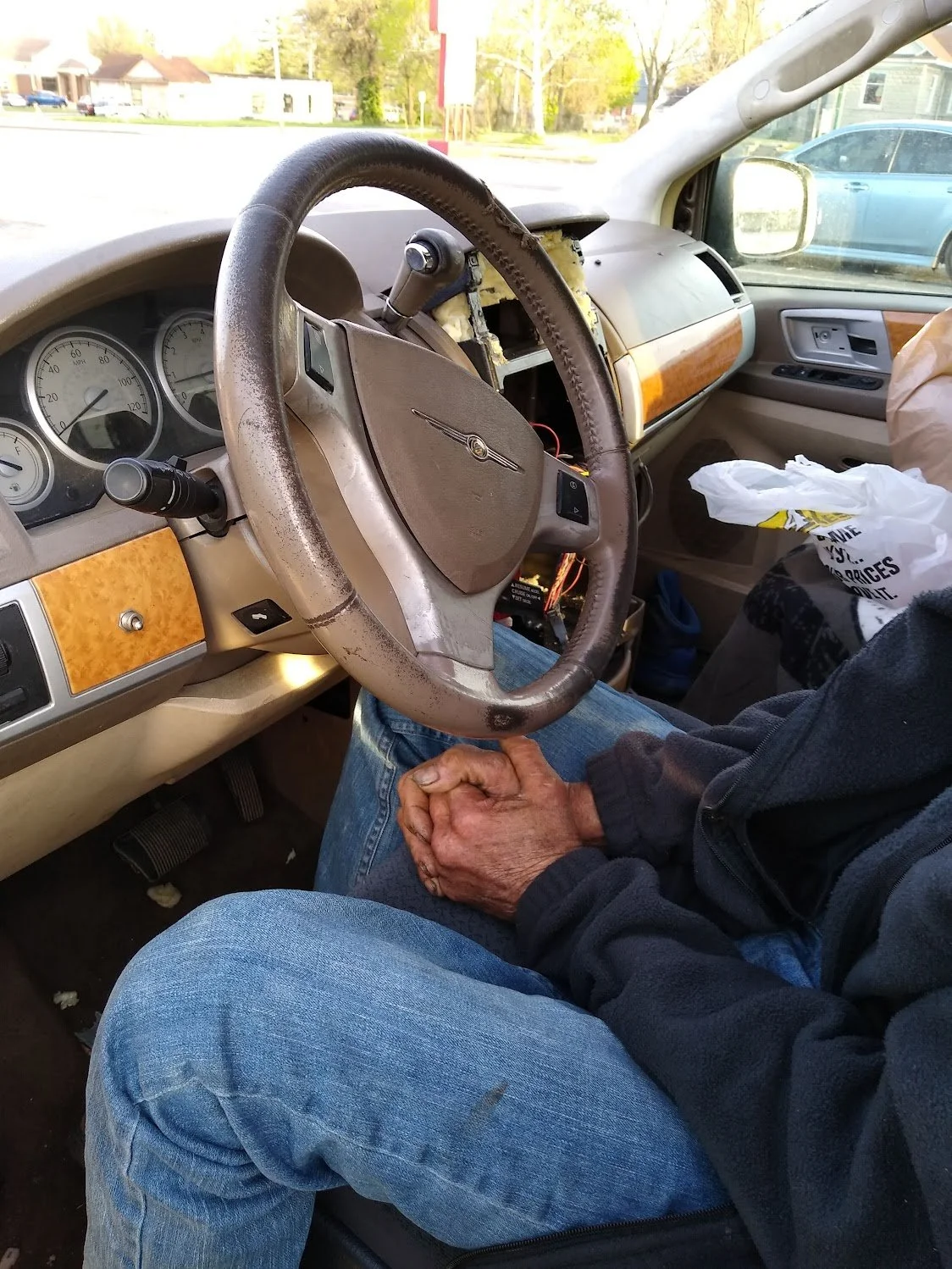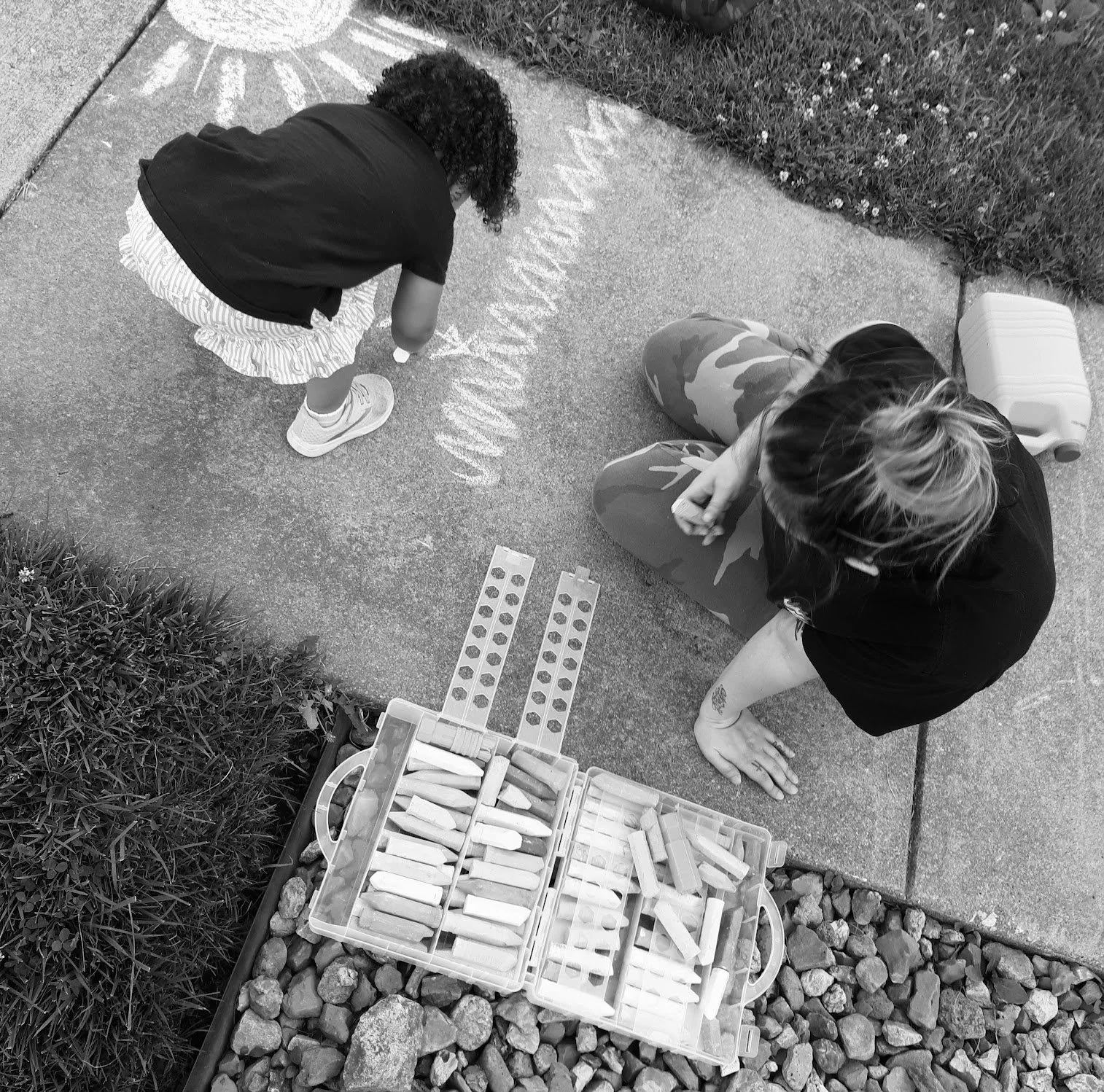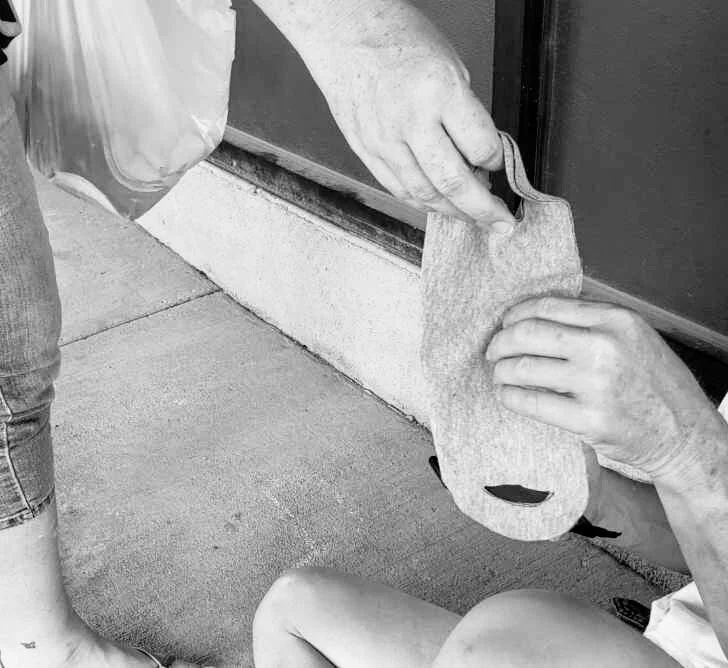Trauma-Informed Picture-Taking Guidelines
Always ask for permission to take someone’s photograph and explain why you are taking it, who it will be shared with, and how it will be used.
Never take a picture of a child without the consent of the caregiver and a careful explanation of what the image will be used for.
Never post a person or a child to social media without their consent.
Stay true to your word and do not use the images you take in any publication for which you did not get consent. For example, if you told them it was for a private grant report, do not post it on your website without their permission.
There are many reasons that people with trauma histories may not want their photo taken or shared (domestic violence, foster care placement, family estrangement, etc.…). Respect those possibilities even if you do not know the details. When someone says no to having their photo taken, accept it - do not try to manipulate them.
When possible, respect people’s privacy by taking creative photos that can capture events but do not give away identity or show faces. Below are examples of pictures we have taken over the years where we have used trauma-informed photography:
Trauma-Informed Takeaway: Pictures can be a triggering experience for many people who have had trauma backgrounds or live with mental health conditions associated with paranoia or anxiety. They may not feel comfortable not having control over how an image of them might be used. There can also be safety concerns with publishing pictures with faces, especially for people who have a domestic violence background, have experienced human trafficking, are living with family estrangement situations, and other complicated circumstances. Keep this in mind in children and youth ministry settings and in worship services where you have people taking photos- CONSENT IS KEY!


